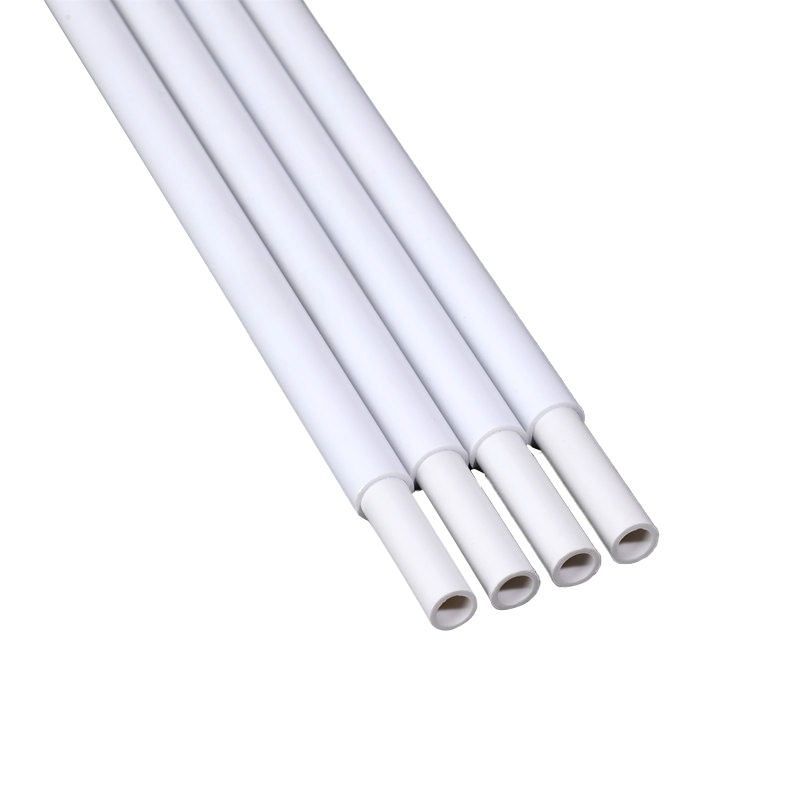Search by posts
Product category
Industry News
 By Admin
By Admin
Do PVC Profiles maintain their strength and shape in extreme temperatures?
The performance of PVC profiles at extreme temperatures is affected by its material properties and additives. PVC (polyvinyl chloride) itself has a certain degree of thermal stability, but its performance may change under extreme temperature conditions. Here is how it performs in high and low temperature environments:
1. Performance in high temperature environments
Thermal expansion: PVC profiles will expand at high temperatures, and the thermal expansion coefficient of PVC usually becomes more obvious when the temperature exceeds 60°C. At extremely high temperatures, the strength of PVC may decrease, the material becomes soft, and it is easily deformed or bent by external forces.
Aging and degradation: Long-term exposure to high temperatures, especially in direct sunlight, PVC profiles may accelerate aging due to ultraviolet (UV) radiation, causing fading, brittleness, cracking, etc. on the surface. This phenomenon is usually alleviated by adding UV inhibitors (such as UV stabilizers), but its ability to withstand high temperatures is still limited.
Use temperature range: The operating temperature of PVC profiles is generally between -20°C and 60°C. Beyond this range, its physical properties may decrease significantly. In high temperature environments, PVC is not suitable for applications where it bears heavy loads or is exposed to direct sunlight.
2. Performance in low temperature environments
Increased brittleness: In low temperature environments, the toughness of PVC will be greatly reduced and become more fragile. Especially when the temperature is below 0°C, PVC profiles are prone to brittle cracking or breaking and cannot withstand large external forces or impacts. This makes it perform worse in cold climates than some other plastics or metal materials.
Decreased impact resistance: Low temperatures will cause the impact resistance of PVC profiles to decrease, and even slight impacts or external forces may cause cracks or breaks. Therefore, when using PVC profiles in cold areas, it is necessary to ensure that its thickness, treatment process and additives can improve its resistance to low-temperature brittle cracking.
3. Technical measures to cope with extreme temperatures
Adding heat stabilizers and anti-ultraviolet agents: In order to improve the durability of PVC profiles in high temperature and strong light environments, heat stabilizers and anti-ultraviolet agents can be added during the production process, which helps to slow down the degradation process at high temperatures and increase its service life in harsh environments.
Using modified PVC: In order to improve the performance of PVC in extreme temperatures, you can choose to use modified PVC materials. These materials improve the high temperature stability and low temperature brittleness resistance of PVC through the use of special formulas and additives.
Surface treatment and coating: For outdoor or high temperature applications, PVC profiles can be treated with additional surface coatings, such as UV protection coatings, anti-aging coatings, etc., to help delay the aging process at high temperatures and increase its weather resistance.
PVC profiles have relatively limited performance at extreme temperatures. High temperatures may cause them to soften, deform or degrade, while low temperatures may cause them to become brittle, lose toughness, and break easily. Therefore, for PVC profiles used in extreme temperature environments, appropriate formulation adjustments, additive use, and surface treatment technology must be adopted to ensure that they can maintain strength and shape within a specific temperature range.
Recommended products
-
2023 New Cheap Plastic Pipe Multiple Colors And Sizes Custom Hand Waving Flagpole
-
Wholesale Custom Pvc Material Indoor Desktop Flagpole Hand Waving Flagpole
-
Customizable Size Custom Logo Plastics Hand Waving Flagpole Big Pvc Flagpole
-
Plastics Hand Waving Flagpole Factory Direct Custom Wholesale PVC Flagpole Parts Pipe
-
Custom Easy Install Safety Flagpole Pvc China Factory Hand Waving Flagpole
-
New Popular Product Transparent Pvc Flagpole Custom Size Hand Waving Flagpole
-
2023 High Quality Hand Waving Flagpole Big Or Small Flagpole Size Custom
-
Fast Delivery Promotion Factory Wholesale Flagpole Pvc Pipe Hand Waving Flagpole
-
2023 Personalized Custom Desk Hand Waving Flagpole Outdoor White Flagpole
-
Wholesale 2023 Hot Sale Used Flagpole Weight Custom Pvc Hand Waving Flagpole
-
Wholesale Products Cheap High Quality Hand Waving Flagpole Newest Sections Flagpole
-
Wholesale Cheap High-Quality Hot Sale Flagpole Cylindrical Hand Waving Flagpole

 +86-0573-88528475
+86-0573-88528475 English
English русский
русский












